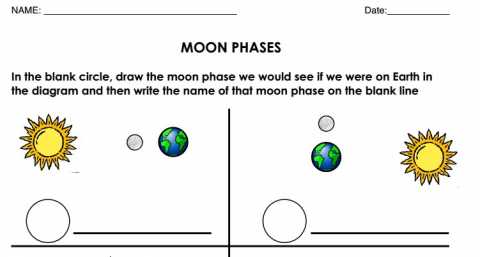Learn about Eyes Video
Image

This animated cartoon about eyes also comes with a quiz, an article, a labeling worksheet, and a word find.

This animated cartoon about eyes also comes with a quiz, an article, a labeling worksheet, and a word find.
This is an introductory video to avalanches.

Students will draw and diagram the different phases of the moon depending on how the Earth, Sun, and Moon are positioned relative to one another. Students also get a chance to practice the moon phases and their names. Finally, they get to demonstrate their understanding by drawing their own moon phases.
This video discusses what comparative embryology in relation to the study of evolution. They do a great job talking about Ernst Haeckel who faked his drawings but had an idea that was actually pretty close. The video also discusses how sometimes scientists try to fit the evidence to meet a theory or hypothesis and therefore biasing their results.
This video on evolution discusses the different lines of evidence that support the theory of evolution. The discussion is around: comparative anatomy, embryology, the fossil record, DNA comparisons, Species Distribution, and some observations.
This educational video explains the five main parts of evolution in simple, easy-to-understand terms. The video covers population effects, non-random mating, mutations, gene flow, and adaptations. Each concept is explained clearly, with examples to help students understand how these factors contribute to the process of evolution. By the end of the video, students will have a basic understanding of how these five parts work together to shape the evolution of species over time. Whether you're a student or just interested in learning more about evolution, this video is a great resource.
This video does a good job explaining what is meant by natural selection in the evolutionary process and why scientists believe in the Theory of Evolution. Descent with Modification, Common Descent, Galapagos Island Turtles, Charles Darwin, Selective Breeding, are all concepts discussed in the video.
This "Its OK to be Smart" video discusses why our bodies feel cold. Students will learn that it is all about heat transfer. The video will discuss convection, radiation, conduction, temperature, thermometers, matter, atoms, The Second Law of Thermodynamics, and why we would freeze in space.
This "It's OK to be Smart" video discusses the human nose and its awesome ability to sense smells. Please note that this video does talk about human sperm so you need to judge your students' maturity level. Nerves, olfactory receptors, eyes, and ears are also discussed in the video.
This video discusses the science and culture of being left-handed. This would be a great video to show a class with a good percentage of lefties.